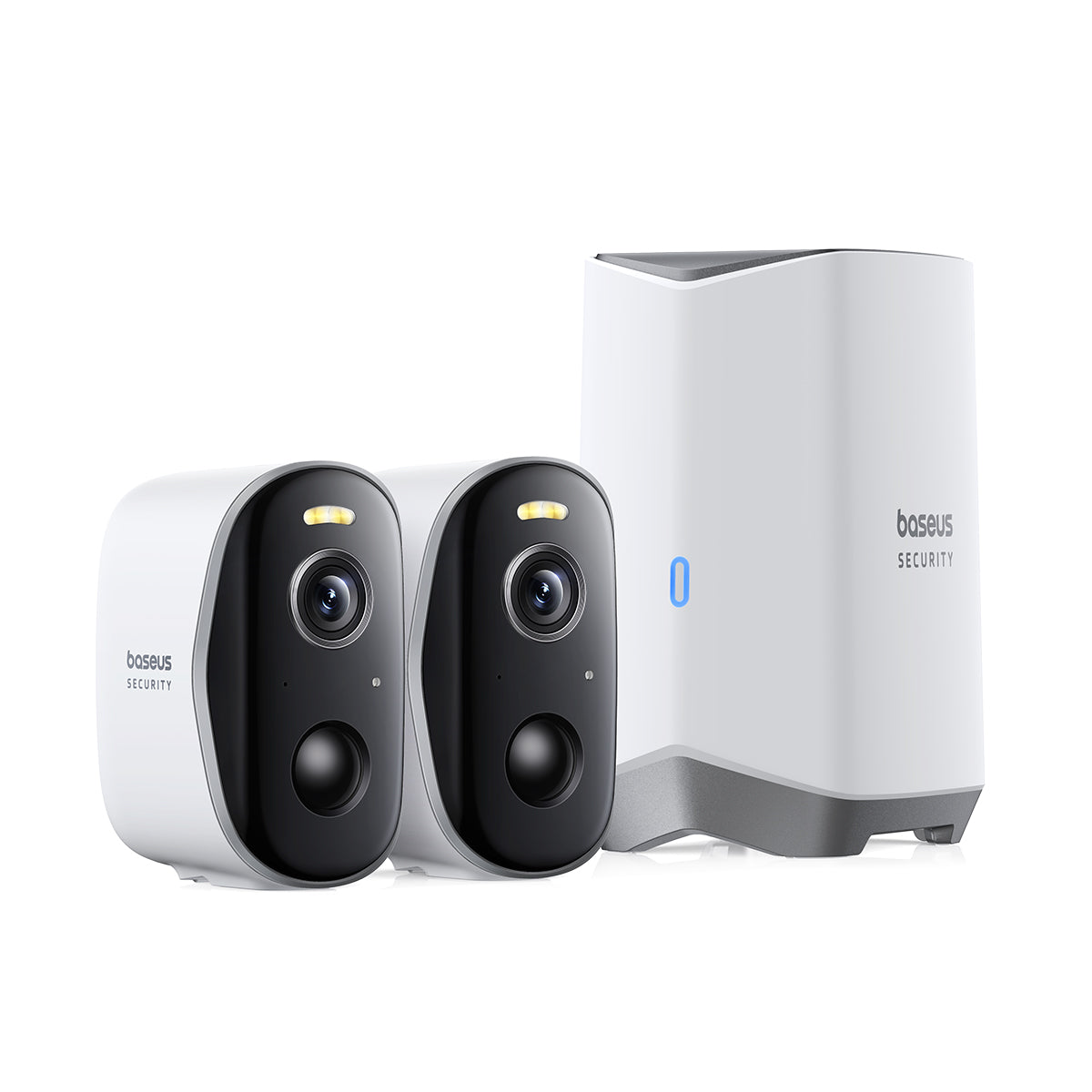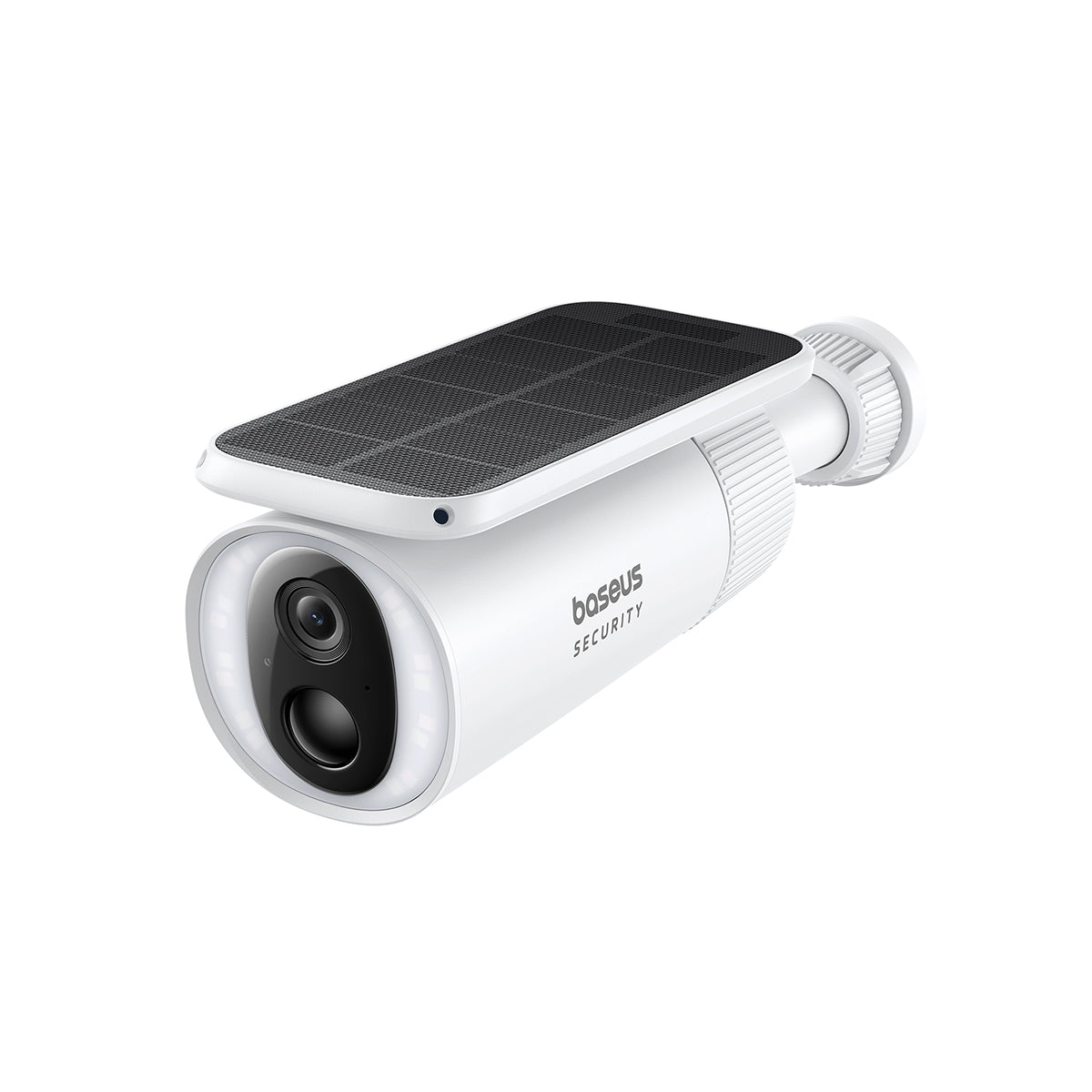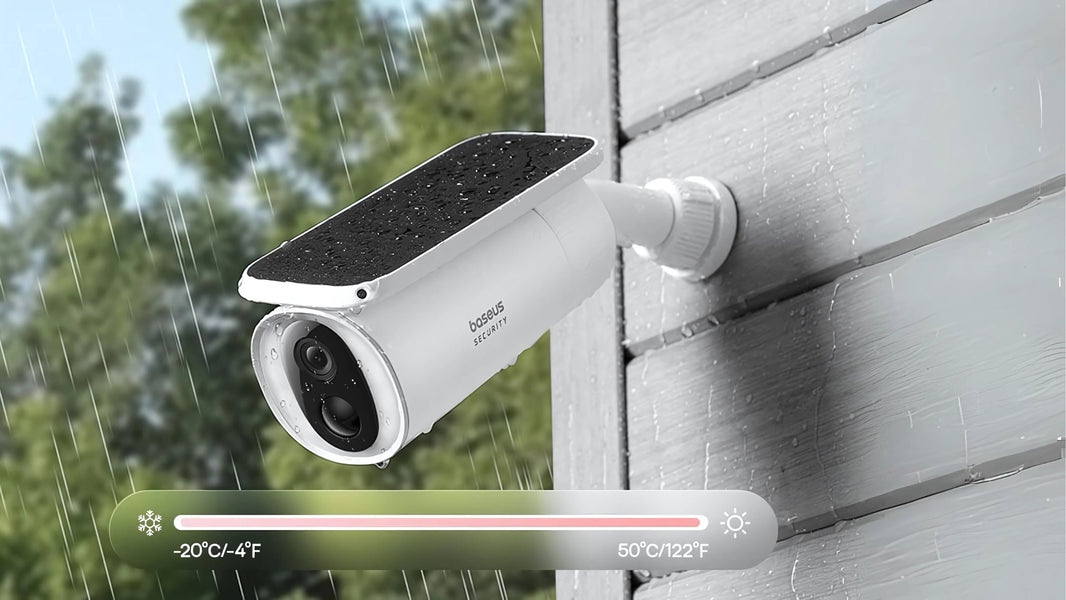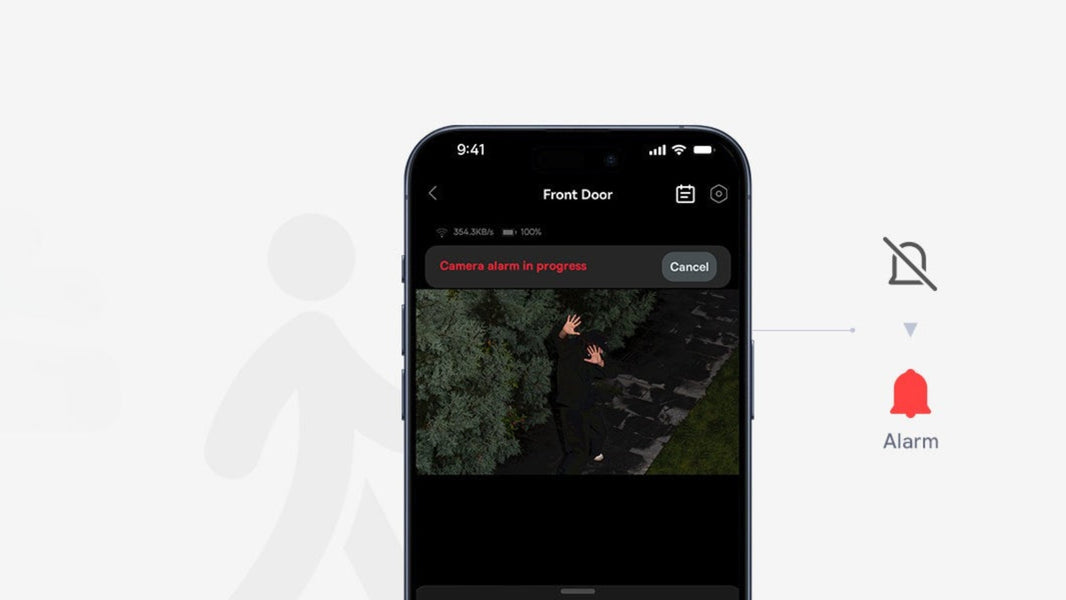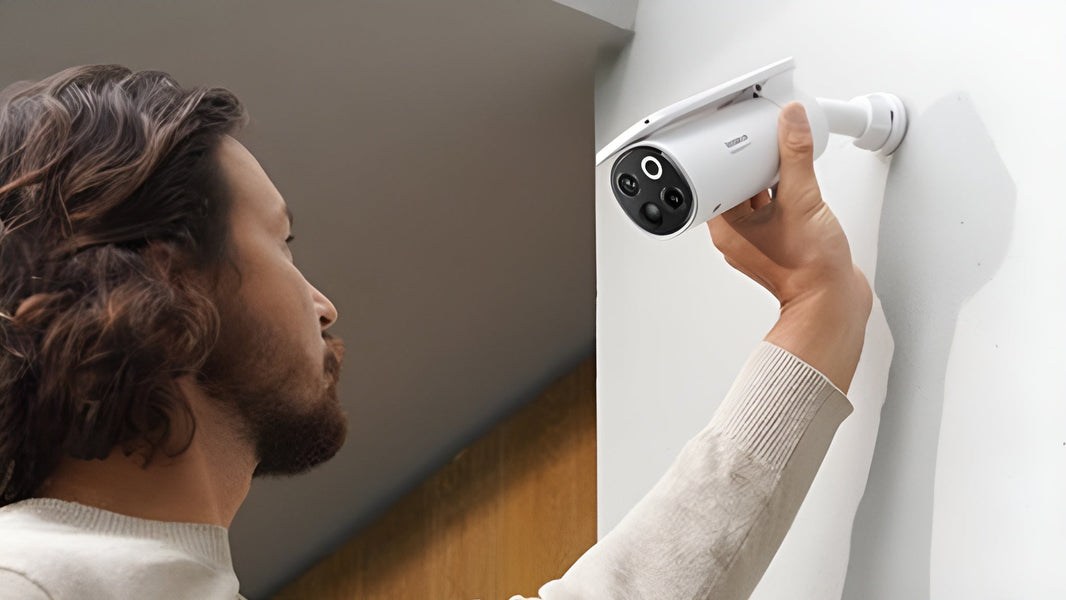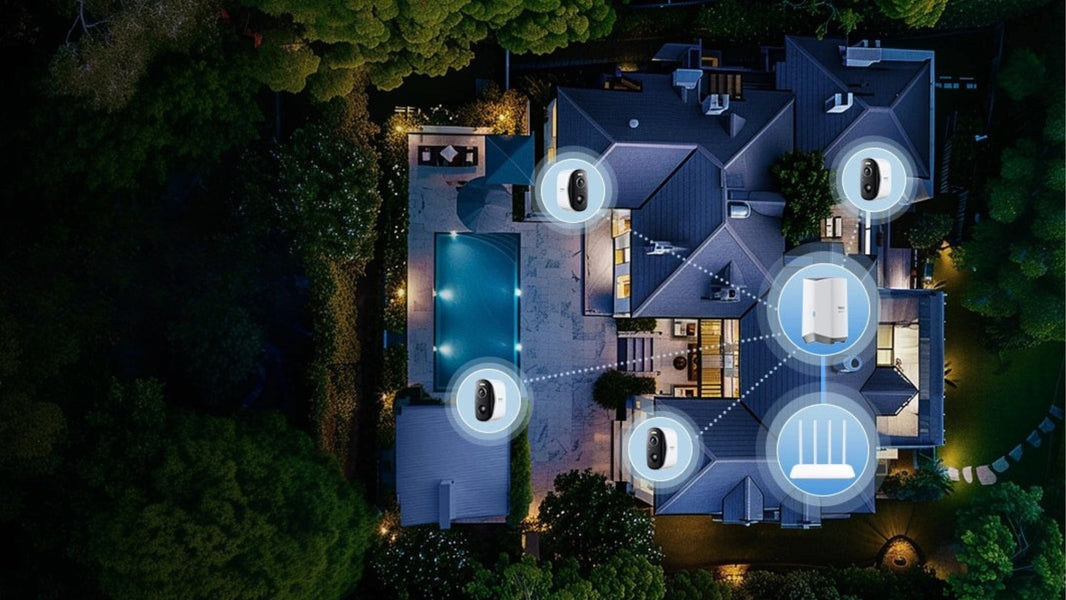You have made the excellent decision to invest in a home security camera system. You have chosen a high quality camera with crisp resolution and reliable night vision. But now you face the most important question of all, a question whose answer will determine whether your system is a powerful deterrent or merely a passive observer: where do you actually put them?
Placement is everything. A state of the art camera pointed at a brick wall is useless. A camera installed in a vulnerable, easily accessible spot might as well be a gift to a thief. Finding the best location for security cameras is not about guesswork; it is about strategy. It requires you to think less like a homeowner and more like a potential intruder.
This guide will walk you through that strategic process. We will move beyond random placement and identify the five most critical locations for your cameras. By the end, you will have a clear blueprint for creating an intelligent, overlapping field of surveillance that not only records events but actively discourages them from ever happening.
Thinking Like an Intruder: The Strategy Behind Placement
Before we get to the specific spots, you must understand the goal. The primary purpose of a visible security camera is deterrence. A recording of a break in is useful for an investigation. But preventing the break in from happening in the first place is infinitely better. This means your security camera locations should be both visible and strategic.
To be strategic, you need to anticipate the path of least resistance. According to data from sources like the U.S. Department of Justice, a staggering number of burglars enter homes through ground floor doors and windows. The Bureau of Justice Statistics has noted that household burglaries most often occur through unlawful entry without force, suggesting unlocked doors and windows are major vulnerabilities. An intruder will almost always target the most obvious and easily accessible entry points. Your job is to make those points look like very bad choices.
This means placing cameras high enough to be out of easy reach (around 8 to 10 feet is ideal) and angled slightly downward to capture faces, not just the tops of heads. Now, let's pinpoint exactly where those cameras should go.
The 5 Critical Spots: Finding the Best Location for Security Cameras
Covering every square inch of your property is impractical. Instead, focus your efforts on these five high impact zones to achieve maximum security. This is the definitive list of the best locations for home security cameras.
1. The Front Door: Your Primary Welcome and Warning
This is the undisputed champion of camera placement, and for good reason. Your front door is the single most common entry point for both welcome guests and unwelcome intruders. It is also the epicenter of package theft. Placing a camera here is not optional; it is essential.
A camera at your front entrance should be positioned to capture a clear view of the face of anyone who approaches. The ideal spot is above the door, looking down. This vantage point covers the doorstep, the porch area, and the path leading up to it. It also protects the camera from being easily tampered with. This is arguably the most important of all home security camera locations.
2. Back and Side Doors: The Concealed Entrances
What is the second most common entry point? The back door. Back and side doors are often more appealing to intruders because they offer more concealment. They are typically out of sight from the street and neighbors, giving a criminal more time to work on bypassing a lock.
A camera covering each of these secondary entrances is critical. Just like the front door, the camera should be mounted high and angled to cover the doorway and its immediate surroundings, including any steps or landings. Because these areas are often poorly lit, a camera with excellent night vision capabilities is paramount to ensure you get a clear image even in complete darkness.
3. Off Street Windows: The Ground Floor Vulnerability
After doors, the next most vulnerable points are your ground floor windows, especially those located at the back or side of your house. Windows hidden from the street by fences, trees, or the structure of the home itself are prime targets.
You do not necessarily need a dedicated camera for every single window. Instead, strategically place a wide angle camera to oversee a bank of several windows at once. The goal is to eliminate any blind spots on your property where someone could approach a window undetected. This is a crucial consideration when planning your overall layout of security camera locations.
4. The Driveway and Garage: Protecting Your Major Assets
Your driveway is the main artery to your property. It is the path every vehicle takes, and it leads to the garage, which is a treasure trove of valuable tools and, of course, your car. The garage door is also a frequent point of forced entry into the home itself.
The best location for home security cameras to monitor this area is high on the garage or the side of your house, with a commanding view down the entire length of the driveway. This position allows you to capture a clear image of every person and license plate that enters your property. Given its full exposure to the elements, this location demands a durable, fully weatherproof camera. A robust outdoor model like the Baseus N1 Outdoor Security Camera is specifically designed to withstand rain, snow, and heat, making it an ideal choice for this critical, exposed position.

5. The Basement Stairwell or Main Hallway: The Internal Choke Point
A layered security plan includes at least one indoor camera. While exterior cameras deter, an interior camera acts as your final line of defense, capturing indisputable evidence if your perimeter is breached.
But where to put it? You want to cover a "choke point," a high traffic area that an intruder would almost certainly have to pass through. The bottom of the basement stairs is a perfect spot, as it is a common, concealed entry route. Alternatively, a main hallway or living space that connects multiple rooms is an excellent choice. The goal is to get a clear, unobstructed shot of anyone moving deeper into your home. Always be mindful of privacy when placing indoor cameras; common areas are fine, but bedrooms and bathrooms are off limits.
Common Mistakes to Avoid
Even with the right spots, poor execution can undermine your system. Avoid these common errors:
-
Ignoring the Light: Do not point your camera directly at a strong light source like the sun or a bright porch light. This can cause lens flare and glare, washing out the image.
-
Forgetting Privacy: Be a good neighbor. Ensure your cameras do not have a direct view into your neighbors' windows or private yards.
-
Placing Them Too Low: A camera within arm's reach can be easily disabled, redirected, or stolen. Keep them high and secure.
-
Assuming Wi-Fi Will Work: Before you drill any holes, test the Wi-Fi signal strength at your desired camera location to ensure a stable, reliable connection.
Conclusion: Creating a Fortress Through Smart Placement
Investing in security cameras is a significant first step towards a safer home. But the true security comes from smart, strategic implementation. By focusing your resources on these five critical locations—the front door, back doors, vulnerable windows, the driveway, and an internal choke point—you create an intelligent web of security.
This strategic positioning transforms your camera from a passive recording device into an active deterrent, sending a clear, unambiguous message to any potential intruder that your home is a hard target and they should move on. Do not just install cameras. Place them with purpose.
Build Your Ideal Security System Today
Ready to put this knowledge into action? Explore our collection of high performance security cameras and find the perfect devices to protect the critical spots in your home.



